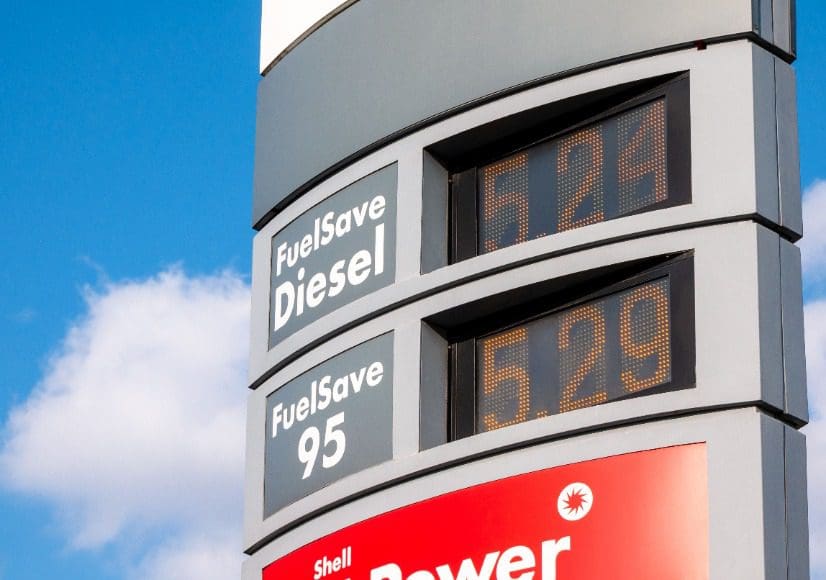The demand for petroleum products in the U.S. and around the world continues to put strains on crude oil production and refining supplies resulting in volatile prices.
West Texas Intermediate crude oil closed at $88 per barrel on Nov. 8, which is up $6.98 from last year, according to data from the Energy Information Administration.
Even though gasoline prices have declined in recent weeks, they remain higher than last year. EIA said the average retail price of a gallon of gasoline in the U.S. on Nov 4 was $3.796, an increase of $0.39 from last year.
Diesel has increased the most averaging $5.333 for the week ending Nov. 4, which is up $1.63 from the same period in 2021, according to EIA.
The New York Harbor spot price for ultra-low sulfur diesel (ULSD) averaged $4.36 per gallon (gal) during October, the highest monthly average price since May 2022 and the second-highest monthly average price on record, according to the EIA.
“The diesel crack spread—the difference between the price of crude oil and an equivalent volume of diesel—marked a historic high at $2.14/gal in October, even higher than during the summer,” EIA said.
EIA said the increases in distillate prices, both in the United States and globally, have been the result of multiple factors:
- Low inventories of distillate fuel oil (which is primarily consumed as diesel), both in the United States and globally
- Increasing demand for distillate, partially related to seasonal drivers such as agricultural demand and home heating demand in the Northeast
- Less production of distillate related to seasonal refinery maintenance, as well as lower refinery utilization in Europe following labor strikes
- Higher costs of transporting distillate ahead of the EU’s February ban on petroleum product imports from Russia
U.S. inventories of distillate fuel oil have been below the five-year (2017–2021) low since the start of 2022. Since April, total U.S. distillate inventories have been below the five-year low and more than 20 percent below the five-year average.
“The low inventories have primarily been the result of less global refining capacity since 2020, as well as high demand in early 2022 and global trade disruptions later in the year linked to Russia’s full-scale invasion of Ukraine,” EIA said.
EIA also forecasts natural gas spot prices at the U.S. benchmark Henry Hub will average $6.09 per million British thermal units (MMBtu) this winter (November 2022–March 2023), the highest real price since winter 2009–10.
“Our forecast reflects natural gas storage levels that are 4 percent below average heading into winter withdrawal season and more demand for liquefied natural gas (LNG) as the Freeport LNG facility comes back online.
Alex Mills is the former President of the Texas Alliance of Energy Producers
Alex Mills is the former President of the Texas Alliance of Energy Producers. The Alliance is the largest state oil and gas associations in the nation with more than 3,000 members in 305 cities and 28 states.






